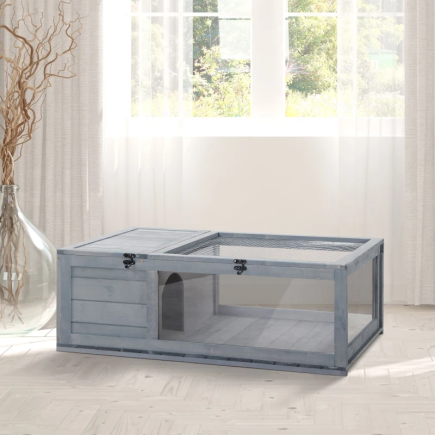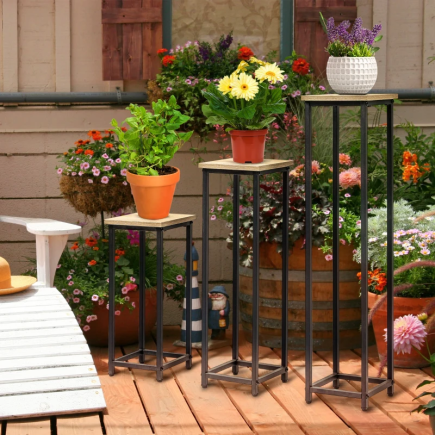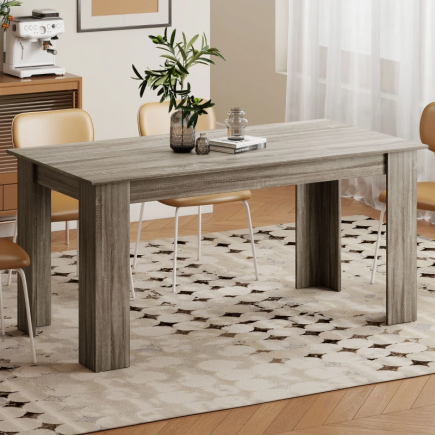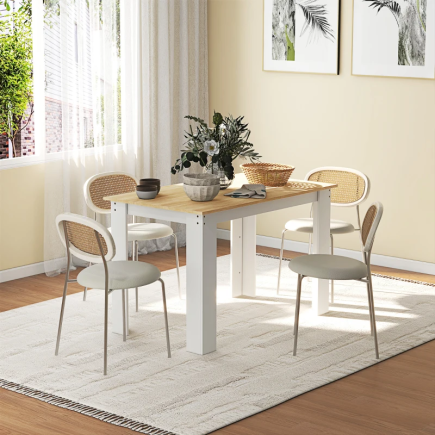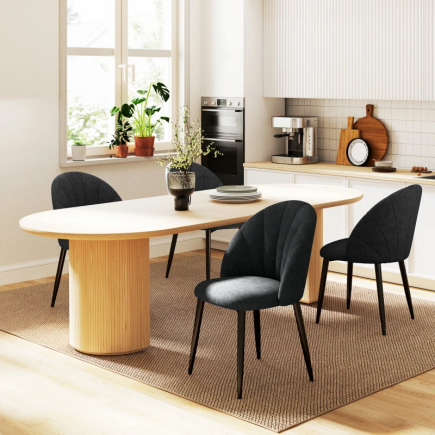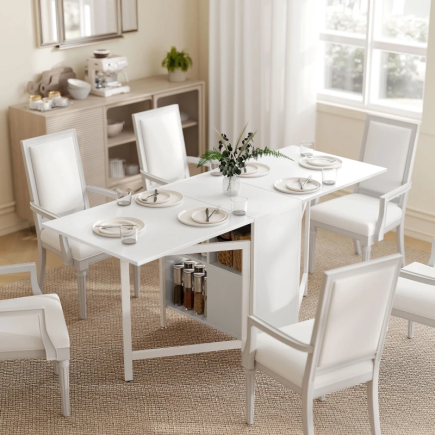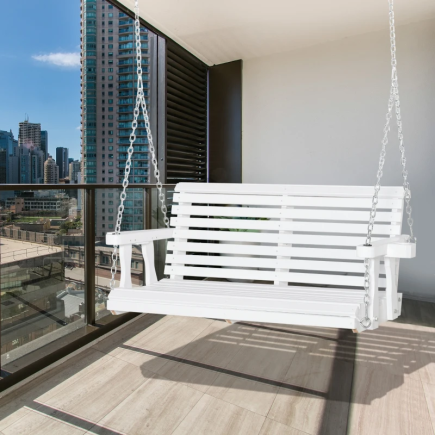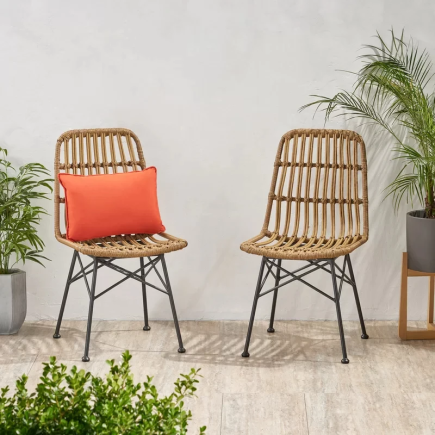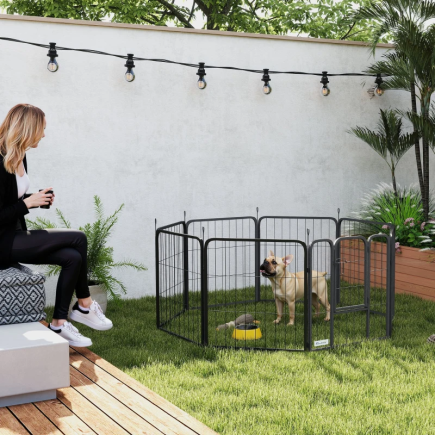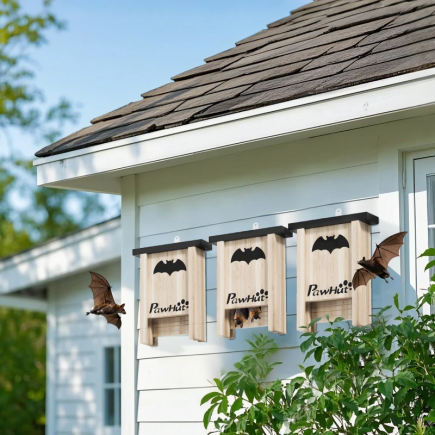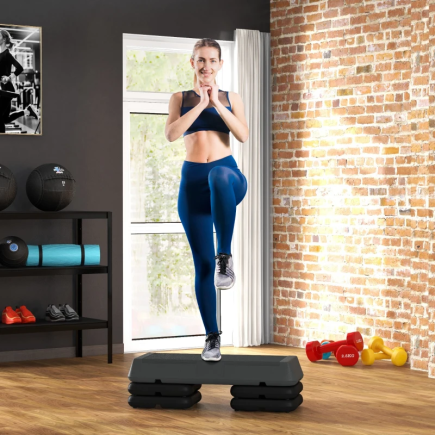
Console tables are one of the most flexible pieces of furniture you can own. Their long, narrow shape makes them ideal for tight spots, transitional zones, or accent areas. But to get the most out of a console table, you need to place it in the right spot one that balances style, accessibility, and purpose. This practical guide walks you through exactly where and how to position a console table for maximum impact, with structured room-by-room advice based on real layout needs.
Entryway: Establish an Organized Welcome Zone

Directly Beside the Front Door
Placing a console table adjacent to the front door offers instant function. It becomes a dedicated drop zone for keys, mail, and bags, while adding vertical interest with mirrors or wall hooks.
Practical Uses:
- Keep essentials like keys and sunglasses within easy reach
- Add a tray or bowl to collect clutter in a tidy way
- Mount a mirror above for light and quick appearance checks
Pro Tips:
- Leave at least 36 inches of walking space in front of the table
- Use the area underneath for low baskets or shoe trays
Living Room: Add Function Without Disrupting Flow

Behind the Sofa (Floating Layout)
In open-plan spaces, placing a console table behind a floating sofa visually defines zones while keeping things uncluttered.
Placement Rules:
- Table height should be equal to or slightly lower than the sofa back
- Table length should match or fall slightly short of the sofa width
- Leave space for walking between the sofa and console if it floats in the room
Functionality:
- Display lighting, décor, or books
- Hide cords from floor lamps or chargers
- Store remotes, coasters, or everyday items in drawers
Against a Wall
Use a console table along a blank living room wall to add interest without taking up bulky space.
Design Options:
- Place beneath artwork or a framed mirror
- Style with tall lamps or plant stands to create vertical layers
- Keep the tabletop minimal for a clean look
Dining Room: Support Entertaining and Everyday Dining

Along the Longest Wall
A console table near the dining table offers valuable prep and serving space. It also stores dining accessories without interrupting mealtime flow.
Best Placement:
- Along an unused wall or between windows
- Leave 36 inches clearance between table and dining chairs for movement
Use it for:
- Staging dishes during gatherings
- Housing tableware, napkins, or candles
- Creating a secondary beverage or snack station
Between Kitchen and Dining Areas
In open floor plans, a console table can mark the transition between kitchen and dining zones while providing extra utility.
Tips:
- Choose a table with drawers for hidden storage
- Use low-profile baskets underneath for linens or placemats
Bedroom: Maximize Surface Use in Limited Space

Beside or at the Foot of the Bed
Console tables work well as nightstands or accent pieces at the foot of a bed. They create clean lines and extra surface area for storage or décor.
Effective Placements:
- As a narrow bedside surface when space is tight
- To anchor the foot of the bed with decorative or practical items
As a Vanity Alternative
Instead of a bulky dressing table, use a console with a mirror and stool.
Setup Tips:
- Choose a table height around 28–30 inches
- Add small containers for makeup or accessories
- Mount lighting above for better visibility
Under a Wall-Mounted TV: Streamlined Entertainment Setup

Console tables can serve as sleek media stands in living rooms or bedrooms.
Best Use Cases:
- Place under a wall-mounted TV to anchor it visually
- Store streaming devices, remotes, or speakers in baskets
- Use cord management tools to keep things tidy
Dimensions to Watch:
- Leave a 6–8 inch gap between table and bottom of the screen
- Ensure the table width is proportional to the TV size (ideally slightly wider or the same)
Hallways and Corridors: Use “Dead Space” Productively

Narrow Wall Placement
Long, empty walls in corridors or upstairs landings benefit from slimline console tables that provide structure without crowding.
Suggestions:
- Choose a table no deeper than 10–12 inches
- Pair with vertical artwork or a series of family photos
- Use open shelves for added storage without bulk
Under Windows or Stairwells
Console tables also fit naturally under staircases or below windows, adding interest and utility to unused zones.
Ideas:
- Use for seasonal decorations
- Store items like board games or reading material
Home Office: Create a Flexible Work Area

Small Desk Replacement
Console tables can double as light-use workstations in homes that lack a dedicated office.
For Best Functionality:
- Choose one with drawer space or nearby wall storage
- Add a comfortable chair that tucks fully beneath
- Ensure table depth is 14 inches minimum for laptops
Device Charging Station
Near an outlet, a console table works perfectly as a device hub.
Tips:
- Use baskets or trays to separate cords
- Add a cable box underneath to manage electronics neatly
Multi-Room Style Matching and Placement Summary
| Location | Depth Range | Clearance Needed | Ideal Height | Key Feature to Prioritize |
| Entryway | 10–14 in | 36 in front | 30–34 in | Slim drawers or shelf |
| Living Room | 12–16 in | Sofa height match | 28–32 in | Cord access and storage |
| Dining Room | 14–18 in | 36 in behind chairs | 30–34 in | Wide surface for staging |
| Bedroom | 12–16 in | 24–30 in from bed | 28–30 in | Shallow drawers or open base |
| Hallway | 10–12 in | 36–40 in walkway | 28–30 in | Narrow depth and open legs |
| Under TV | 12–16 in | 6–8 in under TV | 28–32 in | Cord holes or open back |
The Unsung Space Saviors
At the end of the day, Console Tables are like the utility players of your home’s layout. Whether you’re filling awkward gaps, creating stylish drop zones, or squeezing function out of limited square footage, the right placement makes all the difference. Forget the fluff, just follow the dimensions, match it to the task, and let your space finally work the way it should.
FAQs
1. Can I use a console table in a small apartment?
Yes. In small spaces, console tables work as dining sideboards, desks, or room dividers while preserving floor space. Look for narrow profiles and multi-use features.
2. How much space should I leave around a console table?
Leave at least 30–36 inches in front for walking space, and avoid placing them in spots that block door swings or high-traffic paths.
3. Should console tables match other furniture?
Not necessarily. Coordinated tones or complementary styles work better than perfect matches. Focus on balance rather than duplication.
4. Can I put a console table under a window?
Absolutely. Use it to anchor a window visually or add functionality with low storage. Just ensure the height doesn’t obstruct light.
5. What should I never place on a console table?
Avoid bulky appliances, unstable lamps without shades, or clutter that obscures its shape. Maintain negative space for visual balance.

